532 people disappeared since 2009
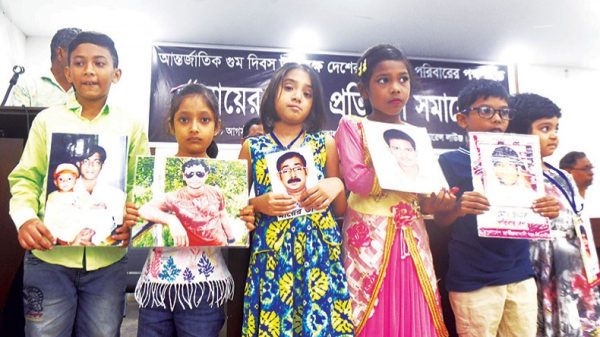
Shawdesh Desk: Incidence of enforced disappearance continued in across Bangladesh and the rights groups recorded at least 532 cases reported between January 2009 and July 2019.
While families of the victims of enforced disappearance were living with ambiguous absences of their near and dear one, the government came up with various explanations over the incidents at different times.
‘We call on the government to form an independent committee to investigate and identify the perpetrators behind the enforced disappearance as such victims who returned to their families stopped talking on what happened to them during their disappearance,’ said rights activist Nur Khan Liton.
The Asian Legal Resource Centre, in its statement to the United Nations Human Rights Council prior to the 39th Regular Session in September 2018, reported that 432 people were disappeared under Sheikh Hasina’s government till July 2018.
In the past 12 months, between the 39th and the 42nd Regular Sessions of the Council, additional 100 people also become victims of enforced disappearances in Bangladesh.
‘The agencies of the state, especially, the Detective Branch and the Counter Terrorism and Transnational Crimes Unit of the Police, the Rapid Action Battalion, and the Directorate General Forces Intelligence are found actively engaged in disappearing people,’ the ALRC statement read.
‘The top floor of the military staffs’ quarter building near the official residence of the Chief of Army Staff in the Dhaka Cantonment is being used as a solitary confinement detention facility for several years. The DGFI operates secret detention facilities at its office buildings in the Dhaka Cantonment area as well,’ said the ALRC report.
Likewise, the DB and the CTTU operate their secret detention facilities in public and private buildings across the country, said the ALRC statement adding, ‘Several victims have confirmed the ALRC that they were relocated from one facility to another during the period of their disappearances’.
The ALRC requested the member states and observer states of the United Nations Human Rights Council and the Working Group on Enforced or Involuntary Disappearances to hold Bangladesh accountable consistently at the Council for the country’s ‘catastrophic human rights realities’.
The minister for minister Anisul Huq on July 31 admitted in Geneva though not frequently, enforced disappearances do take place in Bangladesh.
‘We do not recognise the proposition that enforced disappearances occur in Bangladesh frequently. Usually, the cases of certain abduction are reported as enforced disappearances,’ the minister told the 67th session of Committee Against Torture.
Meenakshi Ganguly, the South Asia director at the Human Rights Watch, said, ‘Enforced disappearance of critics and activists is disturbingly common in Bangladesh.’
The HRW said the act of enforced disappearance – the deprivation of liberty by agents of the state and concealment of the fate or whereabouts of the person in custody – was strictly prohibited under international law.
The UN general assembly adopted a declaration on the protection of all persons from enforced disappearance as resolution 47/133 on December 18, 1992 and it observes the International Day of the Victims of Enforced Disappearances on August 30 each year.



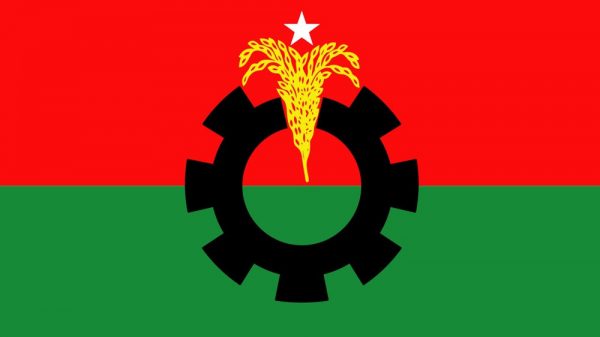

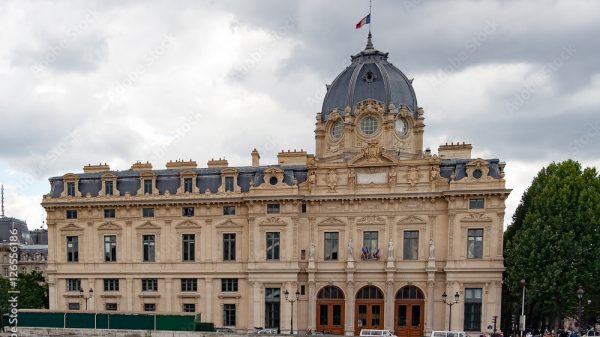
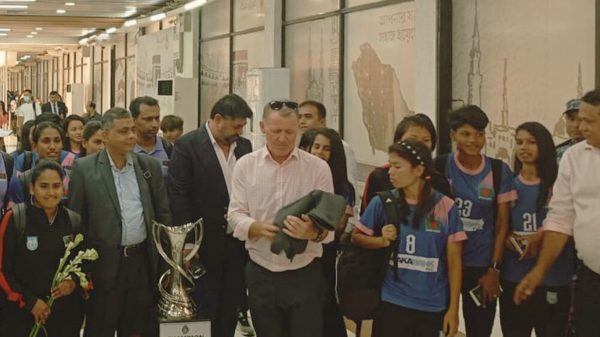
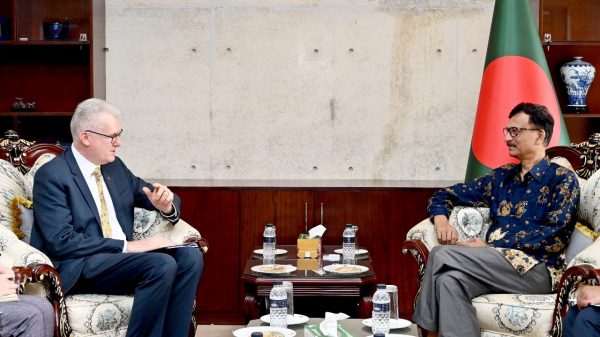



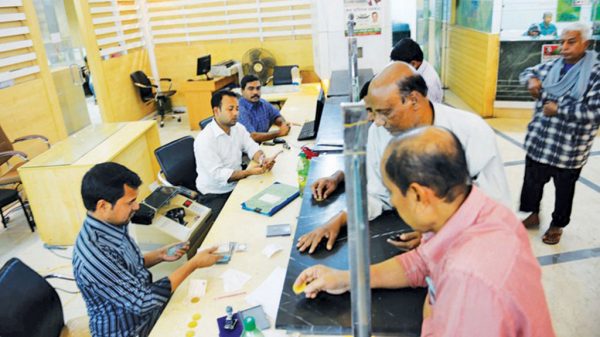
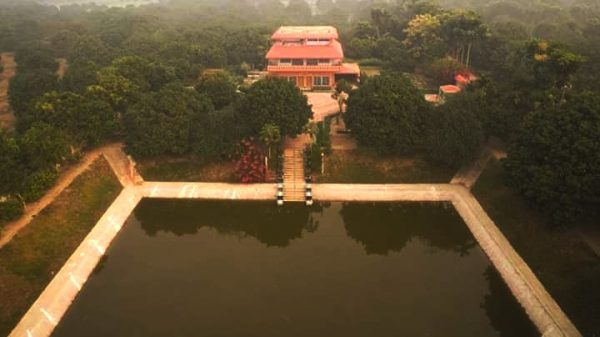

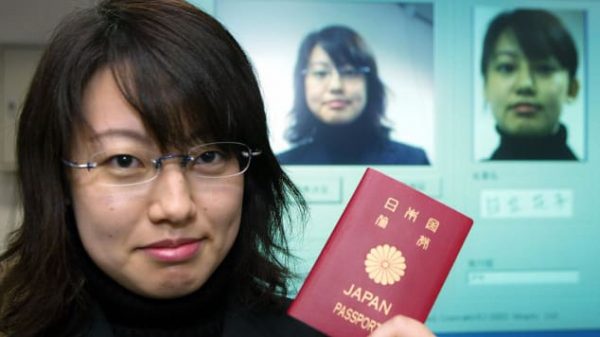


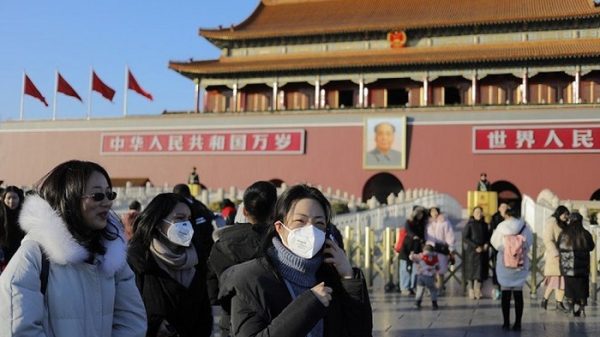
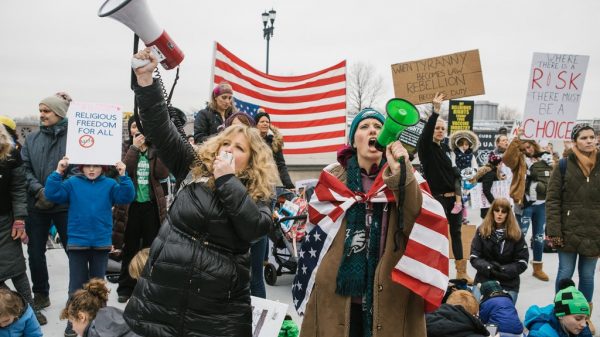
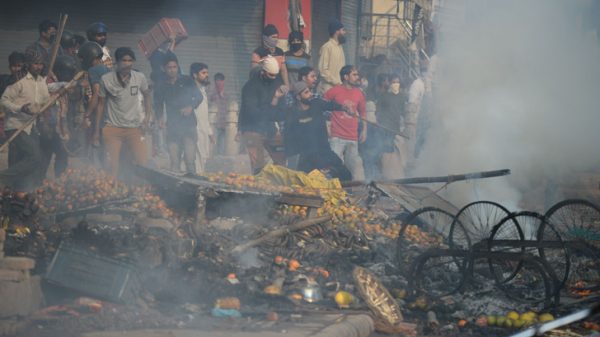



Leave a Reply